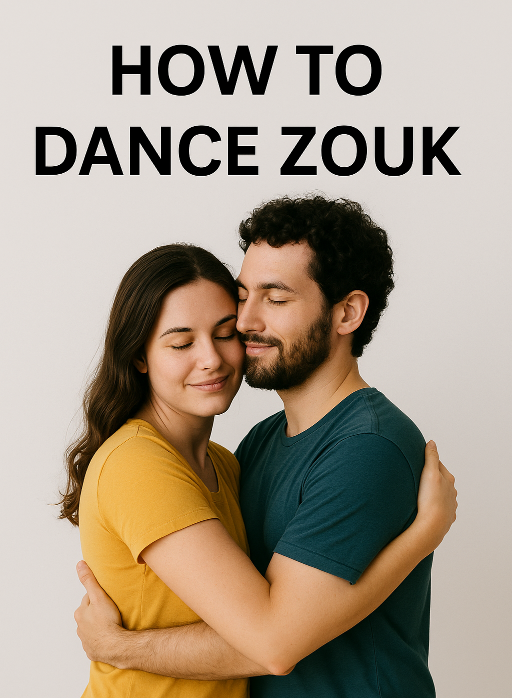How I Start a Zouk Dance (A Consent-First Approach)

TL;DR: show up considerate, ask clearly, find safe space, offer—not force—connection, calibrate to your partner and the music, and keep it playful.
1) Show up considerate
First, make sure you’re not drenched in sweat, that you smell nice, and your shirt isn’t wet. Asking someone to hug you when you’re sticky or smelly lacks empathy—what’s unpleasant in everyday life is still unpleasant in a social.
2) Make the ask
Look your potential partner in the eye and ask, “Would you like to dance?” This can be the hardest part because it risks rejection—but that’s the joy of consent. You communicate what you want; they say yes or no.
3) Claim safe space (floorcraft)
Find an open spot on the floor. Notice who’s around you—if neighbors are throwing big moves, aim for a calmer section. If someone nearby needs a lot of space, position your partner away from that risk.
4) Offer—don’t insist
Offer a hand or open your arms for a hug, then see what your partner is willing to give and accept that. It might be close embrace, it might be an open frame. Early in a dance—and especially if it’s your first time together or you’re sweaty—less is often offered. Read what’s available.
5) Leadership is invitation
Don’t force anything. I don’t think a leader “forces” leadership; it’s an ongoing ask-and-answer. Invitation over imposition creates safety, comfort, and creativity.
6) My connection ritual
I like to plant my feet, connect with as much contact as feels mutually comfortable (leg, hip, stomach, chest, bicep, forearm, hand), and breathe. I feel how much energy it takes to move them and what their body naturally offers—isolations, waves, chest/head movement, weight transfers. Once I understand their capabilities and limits, I sync with the music. I’ll often spend an entire song (sometimes more) just calibrating. Sometimes simply enjoying a hug is enough.
7) When connection isn’t there (yet)
Sometimes a partner doesn’t want to connect first—they show up dancing or marking basics on their own. Maybe they’re nervous or in their head. I could try to force a planted-feet connection, but that becomes a fight. I prefer to match their energy—their steps, weight transfers, and musical choices—find common ground, and then gradually guide toward the quality of connection I’m aiming for.
Sometimes it never clicks. If I can’t find a way to connect, I lead structures that stay open—soltinhos, lateral, simple patterns—and give them space to dance. Then I end the dance politely at a natural moment. Trying to control a partner takes more effort, is less fun for both, and for me leads to instant back tension—so I keep it open.
8) Play once you’ve connected
If we haven’t ended the dance and we’ve found connection with each other and the music, this is where I play: walking, all the basics, different textures, and musical games. Every body is different—sensitivity, background, timing, weight. It’s fascinating to explore what’s possible in that moment. Your history and intimacy with that person also shape the dance, which can evolve in new ways every time.
9) Close with grace
End with a thank-you. If the dance was great, say so. If it wasn’t the right match, that’s okay—kindness keeps the community healthy.